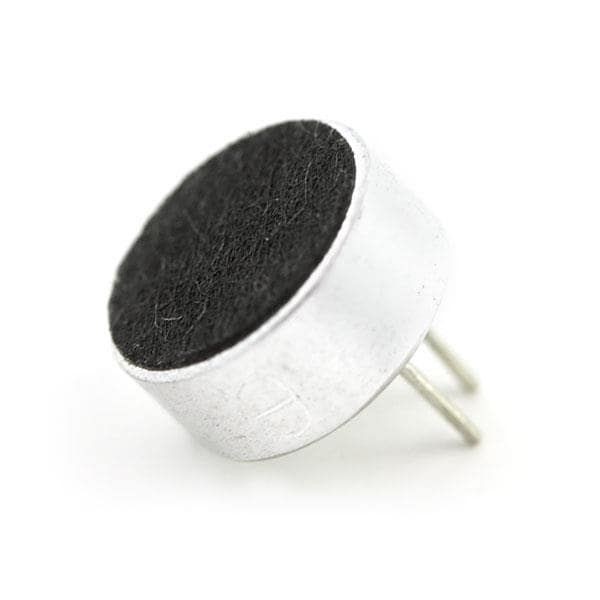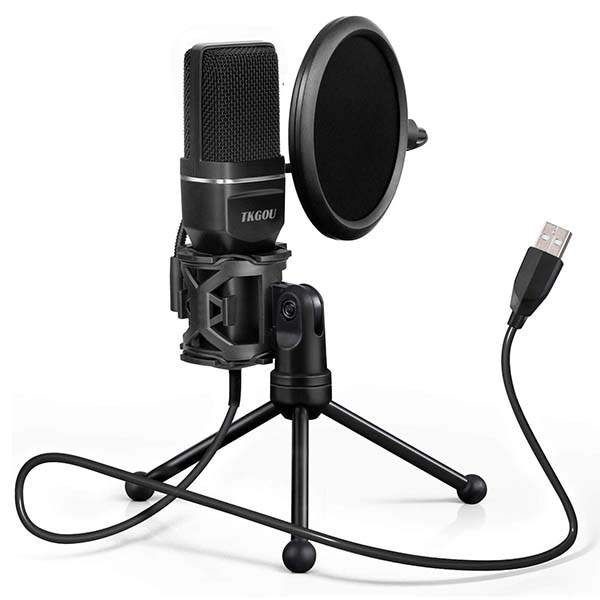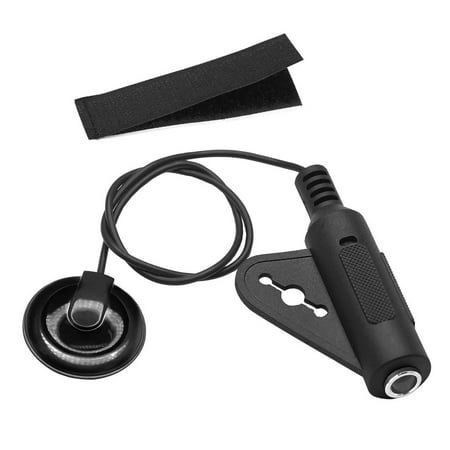Sound sensors, also known as microphones or audio sensors, are everywhere in our modern world, quietly powering a wide array of applications from everyday gadgets to sophisticated scientific instruments.
How They Work:
They work by converting sound waves into electrical signals. These signals are then processed and interpreted by electronic devices. The basic principle behind it, is the piezoelectric effect, where a material generates an electrical charge when subjected to mechanical stress.
Types of Sound Sensors:
Electret Microphones: These are the most common type, featuring a permanently charged electret material that vibrates in response to sound waves, generating a changing electrical signal.

Condenser Microphones: These are known for their high sensitivity and clear sound reproduction. They use a capacitor with a thin diaphragm that vibrates in response to sound waves, changing the capacitance and producing an electrical signal.

Dynamic Microphones: These microphones use a moving coil that vibrates in response to sound waves, inducing an electrical signal in a stationary magnetic field.

Piezoelectric Microphone: These microphones use a piezoelectric material that generates an electrical charge when subjected to sound waves.

Applications:
Applications in various fields, includes the following
Consumer Electronics: Smartphones, laptops, voice assistants, smart speakers and headphones all rely on sound sensors for voice recognition and audio playback.
Automotive Industry: Cars use sound them for safety features like collision avoidance systems and blind spot monitoring.
Industrial Automation: They are used for quality control, process monitoring, and machinery diagnostics.
Security Systems: They are integrated into alarm systems to detect suspicious noises like breaking glass or forced entry.
Medical Devices: They are used in medical equipment like stethoscopes, hearing aids, and ultrasound machines.
Robotics: Robots use them for navigation, obstacle avoidance, and human-robot interaction.
Environmental Monitoring: Sound sensors help monitor noise pollution levels and track wildlife activity.
Future Directions:
Sound sensors play a vital role in shaping our technological landscape, constantly evolving to meet the increasing demands of various applications. As technology advances, we can expect even more innovative and powerful sound sensors to emerge in the future.
Shop some of our sound sensors below;



